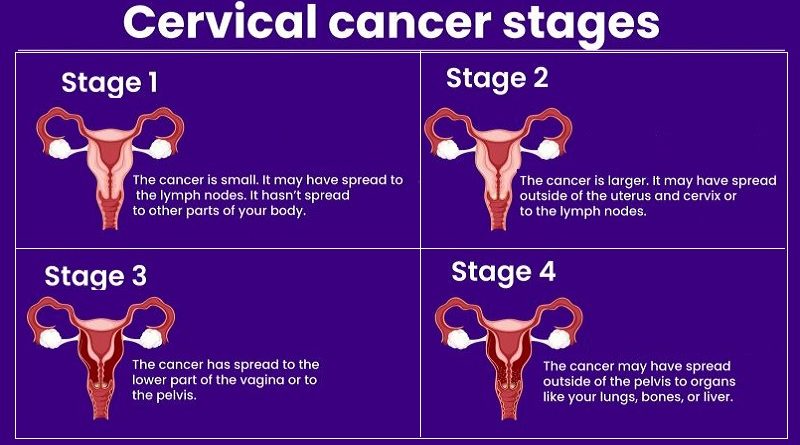Cervical Cancer: Understanding the Causes, Symptoms, and Treatments
Cervical cancer is a type of malignancy that affects the cervix, the lower part of the uterus that connects to the vagina. This type of cancer is usually caused by the human papillomavirus (HPV), a sexually transmitted infection that can cause changes in the cells of the cervix. In this article, we’ll explore what cervical cancer is, its causes, symptoms, and treatments.
What is Cervical Cancer?
Cervical cancer is a malignant tumor that develops in the cells of the cervix, which is the lower part of the uterus that connects to the vagina. The main cause of this disease is the human papillomavirus (HPV), a sexually transmitted infection that affects both men and women. When HPV infects the cells of the cervix, it can cause changes in the cells that can lead to malignancy.
This cancer is one of the most common types of cancer in women. According to the American Cancer Society, there were an estimated 14,480 new cases in the United States in 2021, and about 4,290 women died from the disease.
Causes of Cervical Cancer
The main cause is the human papillomavirus (HPV). HPV is a common sexually transmitted infection that affects both men and women. Most people who are infected with HPV don’t develop any symptoms and their immune system clears the infection on its own. However, in some cases, HPV can cause changes in the cells of the cervix that can lead to cancer.
Other risk factors for cervical cancer include:
- Having a weakened immune system
- Smoking
- Having a history of sexually transmitted infections
- Having multiple sexual partners
- Starting sexual activity at a young age
- Giving birth at a young age
Symptoms of Cervical Cancer
In the early stages, it may not cause any symptoms. However, as the cancer grows, it can cause symptoms such as:
- Abnormal vaginal bleeding (e.g., between periods, after sex, or after menopause)
- Pelvic pain or discomfort
- Pain during sex
- Unusual vaginal discharge
Stages
Diagnosis of Cervical Cancer
Cervical cancer is usually diagnosed during a routine pelvic exam or Pap test. During a pelvic exam, your healthcare provider will examine your cervix for any abnormalities. During a Pap test, your healthcare provider will collect cells from your cervix and send them to a laboratory for analysis. The laboratory will look for any changes in the cells that may indicate malignancy.
If the Pap test shows abnormal cells, your healthcare provider may recommend further testing, such as a colposcopy or a biopsy. During a colposcopy, your healthcare provider will use a special instrument to examine your cervix more closely. If any abnormal areas are found, your healthcare provider may take a biopsy (a small tissue sample) to test for cancer.
Treatment of Cervical Cancer
The treatment of cervical cancer depends on the stage of the cancer, as well as other factors such as the patient’s age and overall health. Treatment options may include:
- Surgery: In some cases, surgery may be used to remove the cancerous tissue. The type of surgery used depends on the stage of the cancer and other factors.
- Radiation therapy: Radiation therapy uses high-energy X-rays to kill cancer cells. This treatment may be used alone or in combination with surgery or chemotherapy.
- Chemotherapy: Chemotherapy uses drugs to kill cancer cells. This treatment may be used alone or in combination with surgery or radiation therapy.
Summary
Cervical cancer is a common type of malignant tumor that affects the cervix and is primarily caused by HPV. Symptoms include abnormal vaginal bleeding, pelvic pain, and unusual vaginal discharge. Early diagnosis through routine exams and Pap tests is crucial for successful treatment, which may include surgery, radiation therapy, or chemotherapy. Prevention includes HPV vaccination and safe sexual practices.
Do you have a question? drop it below in the comment section, or contact us!



